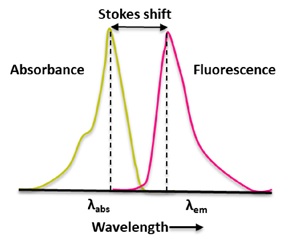The VENOVO Venous Stent System- BD
The VENOVO Venous Stent System is intended to treat a narrowed vein found in the upper pelvic region down to the groin area (iliofemoral vein). The VENOVO Venous Stent System has two components: a stent made of a nickel-titanium alloy (nitinol) tubing and an over-the-wire stent delivery catheter system.
The Venovo™ Venous Stent is specifically designed and developed for the iliofemoral veins. It offers radial force, crush resistance and flexibility without compromising on delivery accuracy. [1] In addition, the 3 mm flared stent ends are designed to reduce the risk of stent migration and maximize wall apposition.
The Venovo™ Venous Stent is indicated for the treatment of symptomatic iliofemoral venous outflow obstructions. The Venovo™ Venous Stent is available in 10 mm to 20 mm stent diameters and 40 mm to 160 mm stent lengths as shown in figure 1.

Figure 1: The VENOVO Venous Stent System- BD
Features:
- Designed to provide the optimal balance between radial force, [2] flexibility, and compression resistance
- Delivery system designed to provide accurate deployment for optimal stent placement and lesion coverage
- Broad range of sizes
- Diameters up to 20 mm
- Stent lengths up to 160 mm
The physician will insert a thin flexible tube (delivery system) with a stent loaded within its tip into the narrowed section of the iliofemoral vein. The physician rotates a thumb wheel on the delivery system to expose the stent which then self-expands automatically. The stent increases blood flow from the leg by holding the iliofemoral vein wall open. The stent remains permanently implanted in the vein and acts as a support for the newly opened section of the blood vessel.
The VENOVO Venous Stent System is used to reopen narrowed regions of iliofemoral vein caused by a collection of fibrous blood clots that can form along the lining of the veins following a deep vein thrombosis (post-thrombotic syndrome) or the squeezing of the vein between a bone and an overlying artery (iliofemoral compression). [3] These conditions may limit blood flow from the leg and lead to swelling of the leg and pain when walking.
The VENOVO Venous Stent System is intended to hold open the narrowed iliofemoral vein(s) and improve blood flow from the leg. In the clinical study, 88.3% of patients who received stents continued to have an open iliofemoral vein after one year. Moreover, statistically significant improvements in pain and quality of life were observed from baseline to 12-months.
The VENOVO Venous Stent System should not be used with:
- Patients who have a lesion that prevents crossing or complete inflation of an angioplasty balloon or proper placement of the stent or stent delivery system.
- Patients who cannot receive blood thinning medications, such as aspirin or coumadin, among others.
- Patients who have a known hypersensitivity to nickel, titanium, or tantalum.
References:
- https://www.bd.com/en-us/offerings/capabilities/vascular-surgery/vascular-stenting/venous-stents/venovo-venous-stent-system
- https://www.bd.com/en-us/offerings/capabilities/vascular-surgery/vascular-stenting/venous-stents/venovo-venous-stent-system/venul14160
- https://www.fda.gov/medical-devices/recently-approved-devices/venovo-venous-stent-system-p180037
Cite this article:
Vinotha D (2021), The VENOVO Venous Stent System-BD, AnaTechMaz pp. 13















